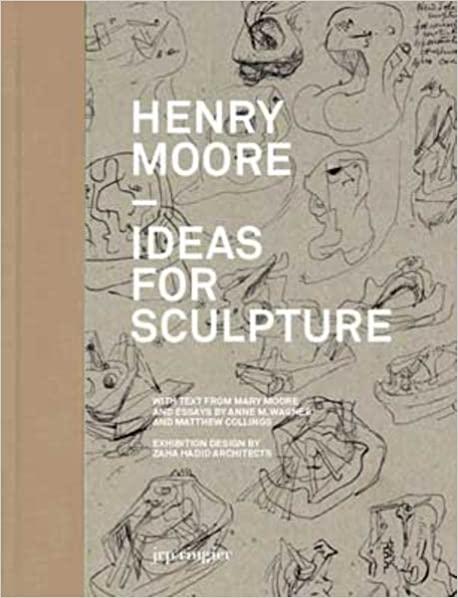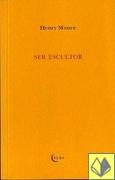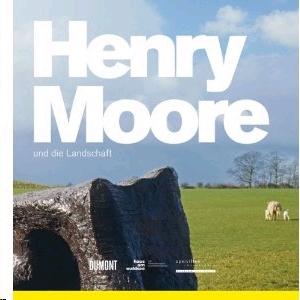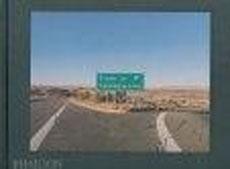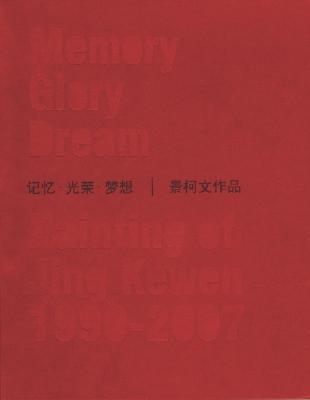Henry Moore: Late Large Forms

This book accompanies Gagosian Gallery’s exhibition of Henry Moore’s large-scale sculptures. Moore’s large-scale sculptures celebrated the beauty and power of organic forms at a time when traditional representation was largely eschewed by the vanguard art establishment. Their prodigious size and forceful presence have an overwhelming physicality that promotes a charged relation between sculpture, site, and viewer. In Two Piece Reclining Figure No. 2 (1960) the rough texture of the patinated dark surface infuses the large corpus with a certain brutalism, the stunted head and blocky limbs akin to arched geological formations, weathered from time immemorial. Reclining Figure: Hand (1979) is immediately identifiable as a human form despite its modulated stylization; the softly rounded, cloud-like body attests to Moores more exploratory impulses when compared to Large Four Piece Reclining Figure (197273) and Reclining Connected Forms (1969), where he alludes to body parts using the vocabulary of mechanical components. Large Two Forms (1966) and Large Spindle Piece (1974) evidence an interest in both natural and man-made objects.\n\nIt was Moores intention that these large-scale forms be interacted with, viewed close-up, and even touched. In order that their heft and mass be perceived in myriad of settings, they were most commonly placed outdoors, subject to the effects of changing light, seasons, and terrain. Within the controlled white environment of the gallery space, the sheer volume and mammoth proportions of the sculptures are more keenly felt. Brimming with latent energy, their richly textured surfaces and sensual, rippling arcs and concavities can be seen to new effect.\n\nHis large-scale sculptures have been placed in indoor and outdoor environments all over the world including Kenwood House, London; Dallas City Hall Plaza; Tiergarten, Berlin; the University of Chicago; Exchange Square, Hong Kong; UNESCO headquarters, Paris; Lincoln Center, New York; The National Gallery of Art, Washington DC; the United Nations Headquarters, New York; the Houses of Parliament, London; St Pauls Cathedral, London; and the City Museum of Contemporary Art, Hiroshima.
Sin existencias
Sin existencias en este momento. Si desea información sobre el libro, por favor contacte con bookshop@ivorypress.com

